Bloomington backs 21% drinking water rate increase; IURC role could see future debate
At its regular meeting on Monday, Bloomington’s Utilities Service Board voted to approve a drinking water rate increase that means CBU residential customers will eventually pay about 21% more for drinking water than they do now. But the rate increase won’t be final until the IURC signs off on it
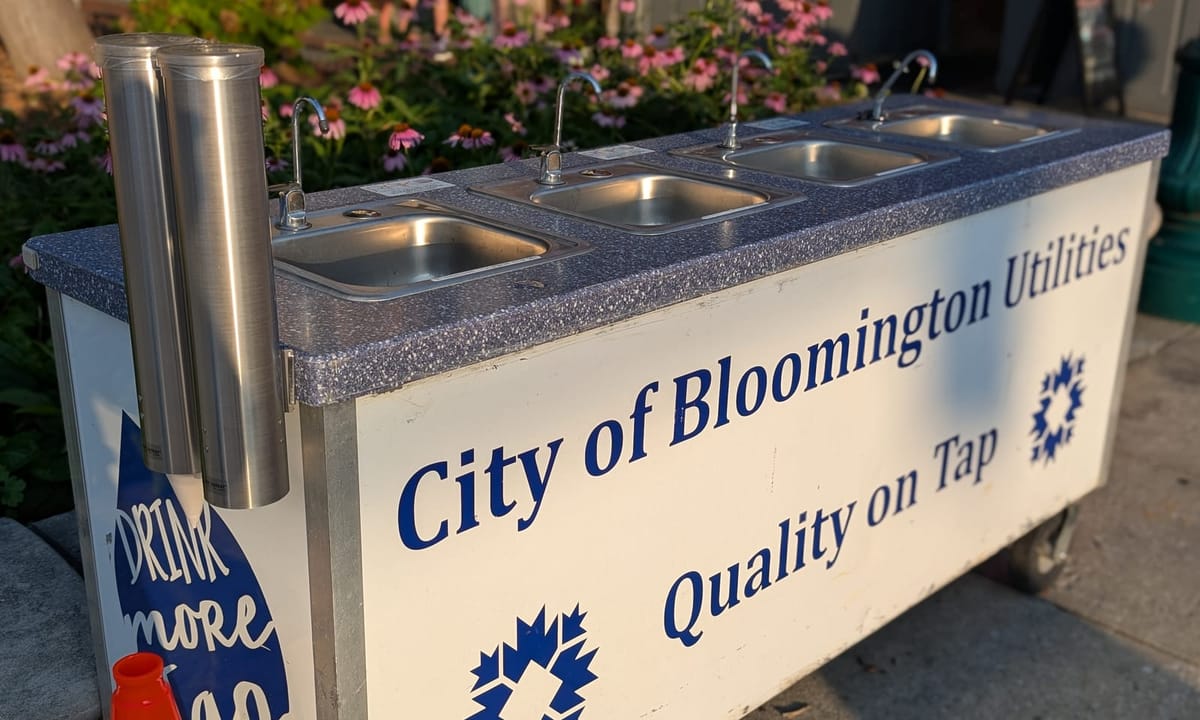
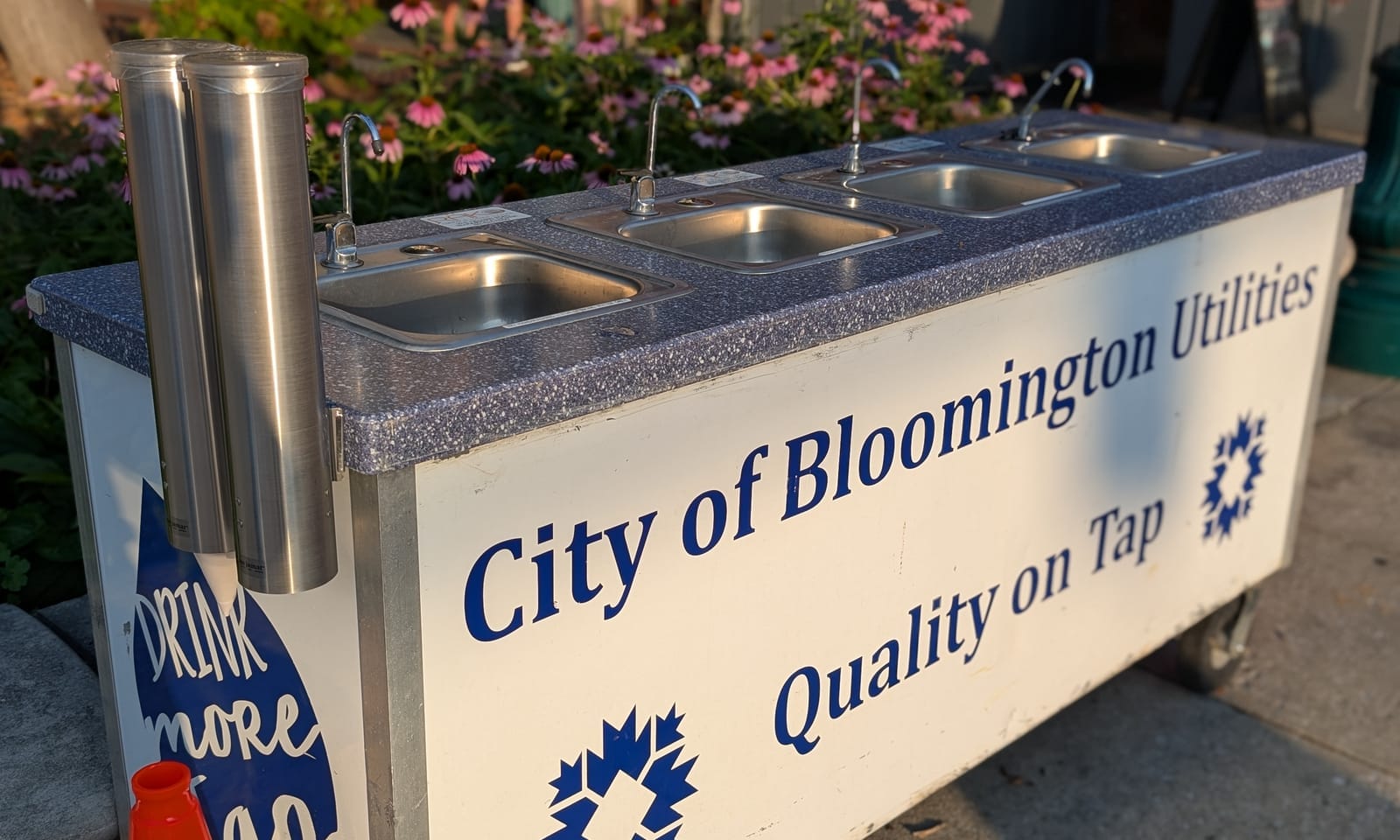
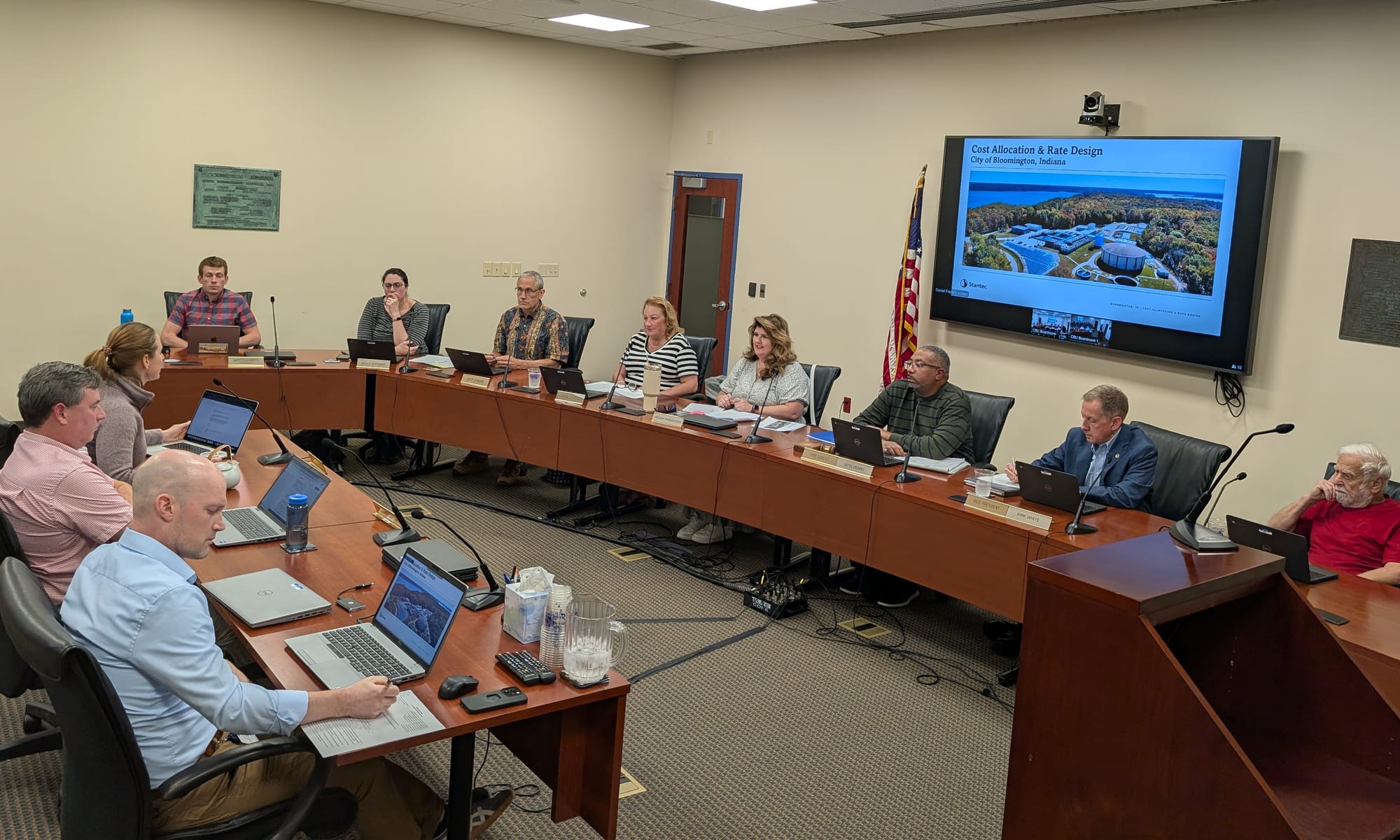
Left: B Square file photo of a CBU drinking water station at Kirkwood Avenue and Walnut street in downtown Bloomington. Right: Bloomington’s utilities service board considers the drinking water rate increase. (Dave Askins, Sept. 8, 2025)
At its regular meeting on Monday, Bloomington’s Utilities Service Board voted to approve a drinking water rate increase that means City of Bloomington Utilities (CBU) residential customers will eventually pay about 21% more for drinking water.
But the rate increase won’t be final until the Indiana Utility Regulatory Commission (IURC) signs off on it. If everything goes to plan, the expected rate change is expected to take effect in late summer 2026.
In IURC terms, the proposal is a “rate case.” which won’t go on its docket until Bloomington’s city council approves it. The drinking water rate increase is expected to be introduced at the city council’s Sept. 30 meeting, with a vote likely on Oct. 22.
At Monday’s meeting, an idea was floated by USB member Jim Sherman that could, if Bloomington eventually pursues it, make the city council the ultimate authority to decide rate cases, without oversight by the IURC. There’s a procedure under state law for removing Bloomington from the jurisdiction of the IURC.
But in the short term, the current 21% proposed increase will need final approval from the IURC.
Proposed drinking water rate increase
Under the proposed rate increase, a typical residential customer will pay at least $50 more a year, depending on how “typical” is defined, but most residential customers use between 3,000 and 5,000 gallons of water a month. At Monday’s meeting, CBU director Kat Zaiger gave the actual average as about 3,500 gallons.
For residential customers, the rate is proposed to increase from $4.38 to $5.31 per 1,000 gallons of water. (1,000 gallons is a “unit” for CBU billing purposes). For residential customers who use 3 units of water a month, it works out to $2.79 more per month.
The same 21% increase in the standard water service fee—which is the basic charge all customers pay—takes it from $7.93 to $9.58, or an increase of $1.65 per month. But there’s a drop in fire protection fees of $0.38 per month.
That works out to an increase of around $4 a month, or $48 a year.
The proposed rate increase was based on a revenue requirements study done by Crowe LLP and a cost of service study done by Stantec.
Lowe’s study on the required revenue for the drinking water utility determined that CBU needs to increase revenue by 30%. How does CBU expect to increase revenue by 30% if residential customers would be paying just 21% more?
That’s where customer classes and the cost of service study done by Stantec come in. Rate increases are not applied uniformly to all customer classes, which include: commercial, governmental, interdepartmental; industrial; wholesale; Indiana University; and irrigation. Some customer classes will see rate increases higher than 30%, while others (like residential customers) will see lower increases.
If rates for one customer class are analyzed as needing a lower increase than rates for other customer classes, that customer class can be analyzed as up to now having subsidized the cost of water for other customer classes. At Monday’s meeting, CBU director Kat Zaiger said the rate for irrigation customers, which is proposed to increase by 122%, means that irrigation customers still aren’t shouldering the complete cost of service for their class.
It’s something that came up four years ago, the last time CBU raised its drinking water rates. Four years ago, the idea was that the rate increase for classes other than residential would have to be too big, to erase the subsidy all in one rate case.
The fact that the subsidy of the irrigation customer class is still not proposed to be erased completely was a disappointment for some USB members. But the vote was not controversial for the board.
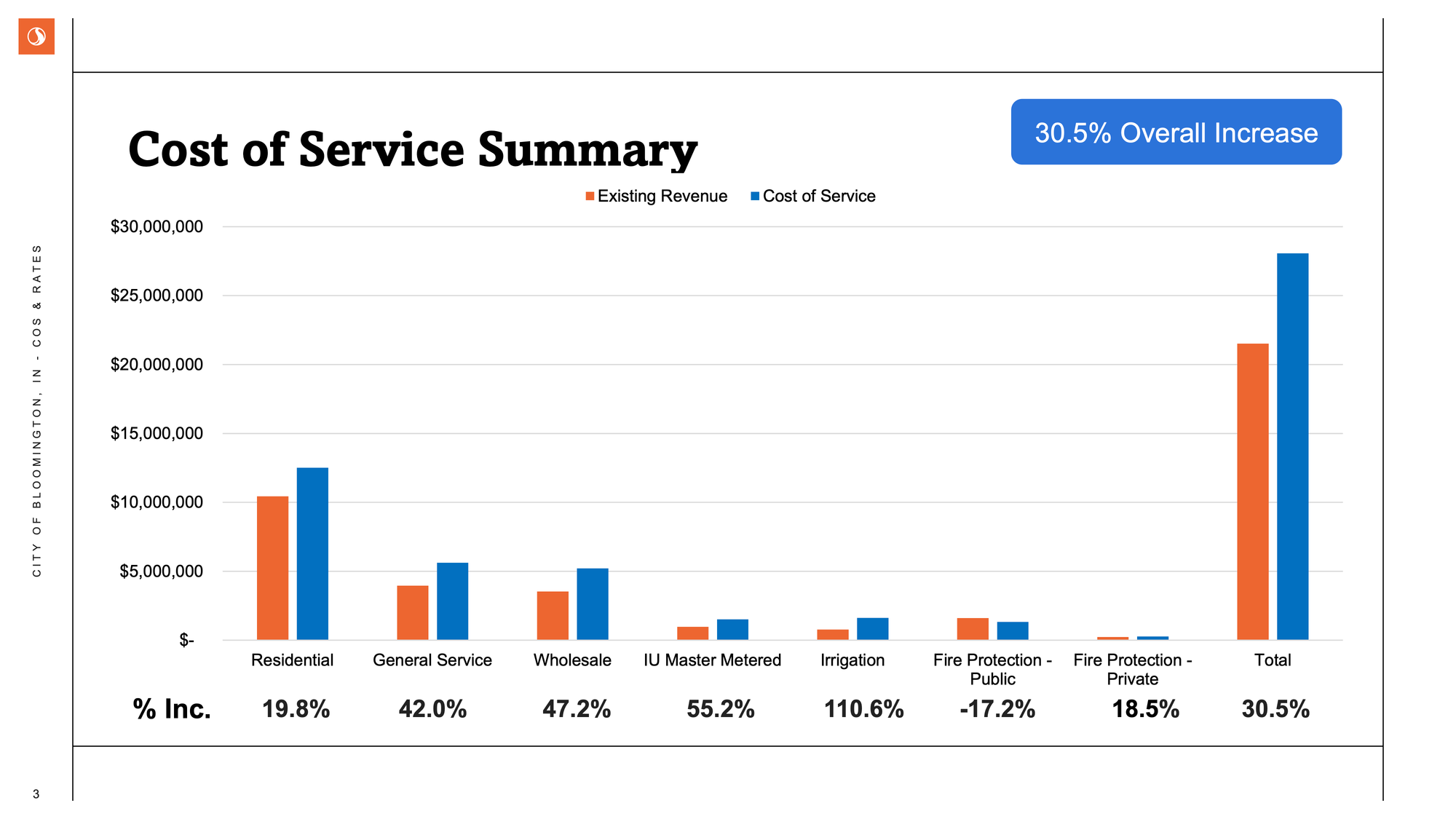
The rate increase will pay for a five-year capital improvement plan totaling $84 million. The five-year plan is supposed to replace and upgrade aging pipes, pumps, and treatment facilities.
Of that amount $54.5 million will be financed through bonds (long-term borrowing), while $28.4 million will come from ongoing revenues. The costs that the drinking water utility will expected to cover include $18.7 million for its portion of a new service center to be located at the old Winston Thomas treatment site.
Removing CBU from state regulatory jurisdiction
During Monday’s meeting, USB member Jim Sherman floated the idea that CBU could remove itself from the jurisdiction of the IURC. He put it like this: “Wouldn’t it be nice to be out of the grips of the state regulatory commission and doing it ourselves more quickly and efficiently …”
Assistant city attorney Chris Wheeler, who provides legal support for the USB, confirmed that Sherman was correct in that removal from IURC jurisdiction is a legal option that the CBU could pursue. Wheeler indicated that if CBU were to be removed from the jurisdiction of the IURC, then the procedure for rate increases would remain entirely inside city government. The USB would recommend the rates to the city council and the council would make the final rate determination.
Responding to a question from the board, Wheeler said one disadvantage would be that “the buck stops here.” Removing the IURC from the process would also mean that the Indiana Office of Utility Consumer Counselor would also not play a role in protecting customer classes from the rates that the USB has set, Wheeler said.
Wheeler stated, “Conversations have been had, and conversations continue, and after this rate case is completed, the city will have to make a decision—with this board, of course—as to whether or not it wants to remain with the IURC.”
The legal process for removing a municipality owned utility like CBU from the jurisdiction of the IURC is laid out in state law. It involves the enactment of an ordinance by the city council, but also allows for city residents to collect enough signatures on a petition to force a referendum on the question.
BEFORE
Bill Detail
AFTER
Bill Detail
*The rates for trash carts were supposed to increase by 3% in 2025 from the 2024 level but were by mistake left the same. The trash cart rates that are in place by the time the new drinking water rates are implement will be higher than indicated here.

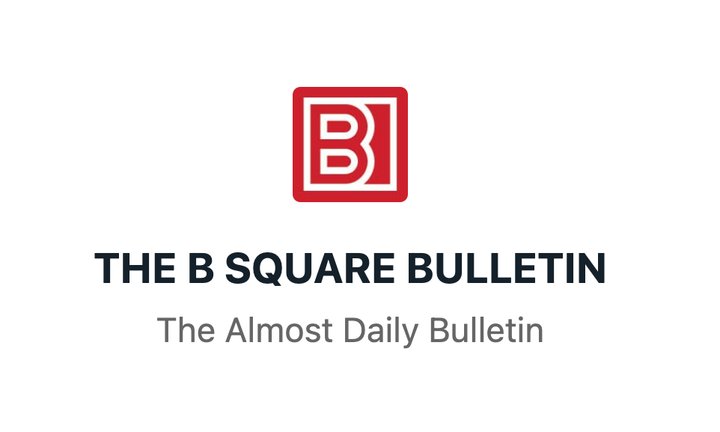
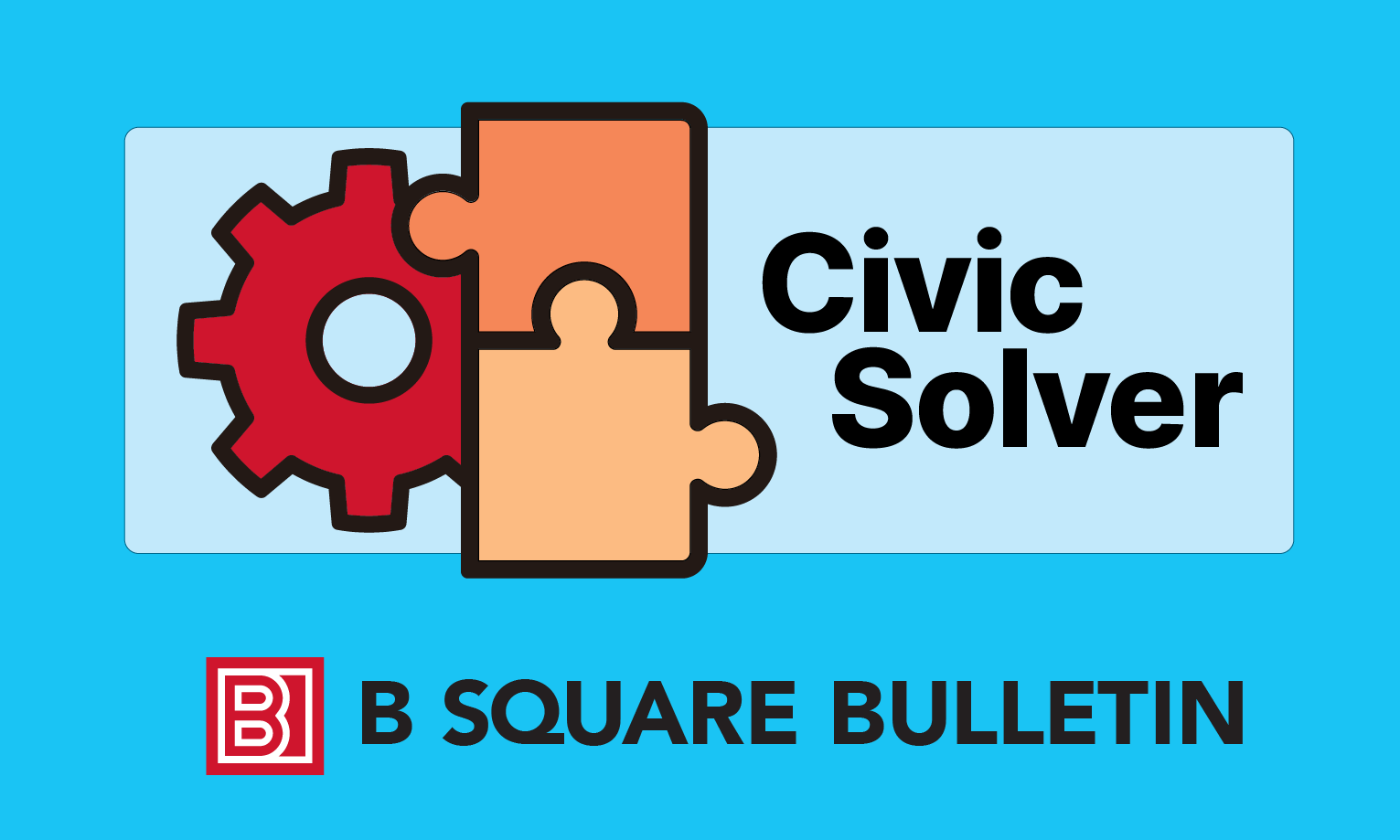

Comments ()